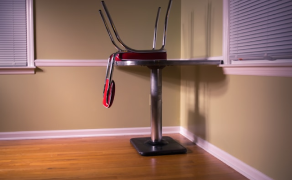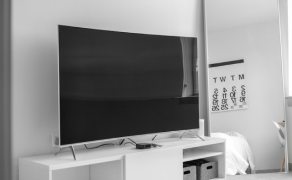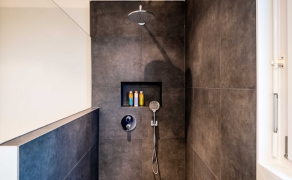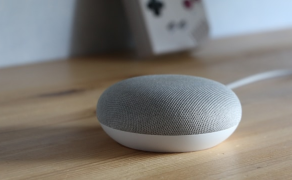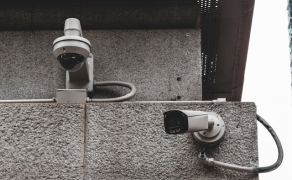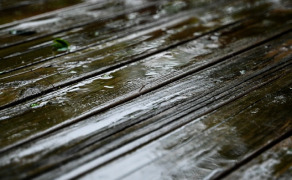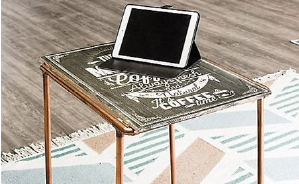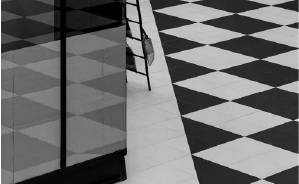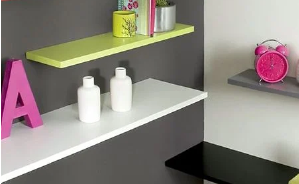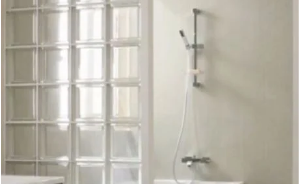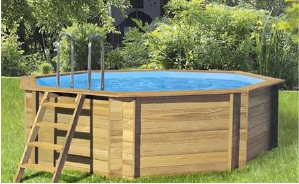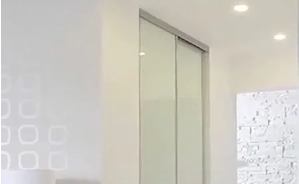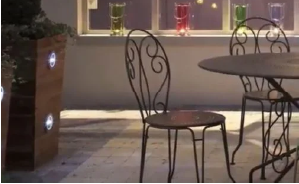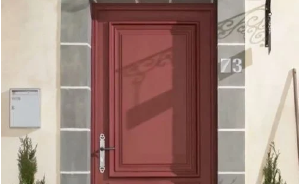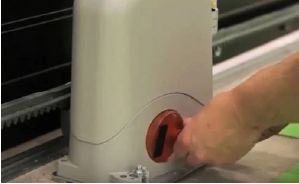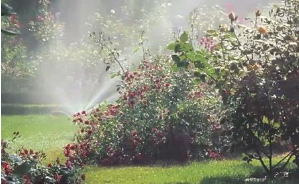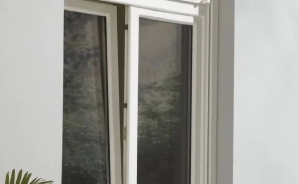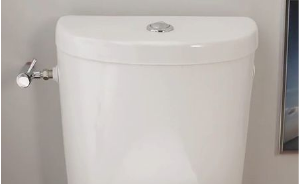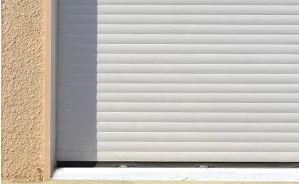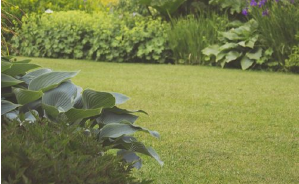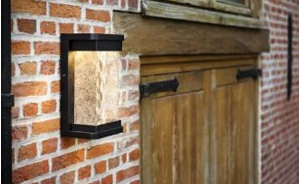Cart Subtotal:
We'll use this to show stock in your nearest store.
Drag the pin on the map to find your location for an accurate delivery address.
Sign in to see your saved addresses
Please enter your details to continue
We`ll use this to show stock in your nearest store
Use Your location, Search by your delivery address or drag the pin to your location to input an address
Which browser are you currently using?
Please confirm this address is correct
Sign in to see your saved addresses
Checkout using your account
Checkout as a new customer
Creating an account has many benefits:
- See order and shipping status
- Track order history
- Check out faster
- Please choose the date & time for the teams to arrive below. Only available dates & times will display
- The address for your service will be required during checkout.

